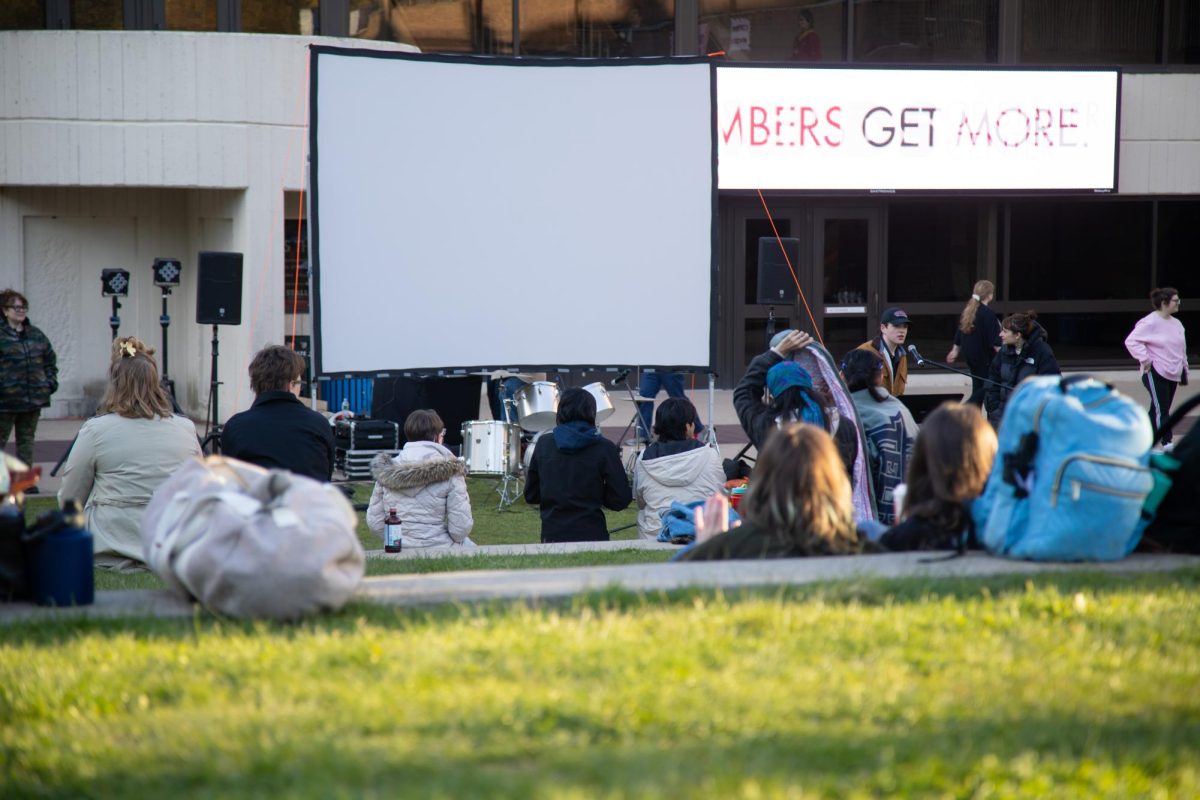
Wallace Broecker, 81, does not want ‘father of global warming’ on his tombstone.
“I’m just Wally,” he said in a press conference on Friday, April 19 before addressing Stony Brook University as the keynote speaker for Earthstock. Broecker instead gives credit to another scientist who used the term in a Gary, Ind., newspaper in the 1950s.
The Newberry professor of geology at Columbia University is known in the field of climatology as the father of climate science. In fact, the phrase “climatic change” was used in a piece he wrote that was published on August 8, 1975.
Broecker did, however, take full credit for coming up with the ‘Ocean Conveyor Belt’ model, which is used to describe the effects the world’s oceans have on global climate changes.
“I was the first one to say that our ocean can undergo very rapid, large-scale global changes in the way it operates,” Broecker said.
Broecker is currently working on “manufacturing and developing carbon sequestering devices—safe, silo-like instruments designed to neutralize fossil fuel emissions,” according to The Earth Institute at Columbia University’s website.
Although Broecker works without a computer, he has a typist.
According to Broecker, there is not an accurate way to predict the consequences of the continued or increased rate of carbon emissions, but he said he believes the consequences are real and dangerous.
“I believe that you can take [carbon dioxide] directly out of the atmosphere at something less than a dollar per gallon to put in terms of gasoline—easy to understand,” Broecker said. “So that’s affordable.”
Broecker is proposing to capture and bury the carbon emissions and has been observing the results of an experiment in Iceland where scientists are burying the carbon dioxide in basalt rock. The experiment he cited has been conducted for the past seven years and appears to be successful.
For Broecker, ideally every nation would take out the carbon dioxide emissions they had put in each year and knows it would be a huge burden for the United States. The United States Environmental Protection agency reported that in 2011 carbon dioxide emissions made up 84 percent of all greenhouse gas emissions in America.
“If we can’t do that or if we don’t do it I think CO2 is going to keep going up for 50 or 80 years because in order to stop CO2 from going up we have to reduce the burning of CO2 by an ordered magnitude,” Broecker explained.
Broecker also explained an alternative to burying the carbon dioxide is to add more sulfur dioxide to the stratosphere, the second major layer of Earth’s atmosphere. However, according to Broecker, this solution will not work because it works like a “Band-Aid.”
“It doesn’t make a cure because you’re still adding CO2 to the air,” Broecker added, and he said using that model would mean more sulfur dioxide would need to be continuously added to the stratosphere to compensate for it.
In addition, Broecker explained the opposition to take action beyond ‘green initiatives,’ and he called himself an optimist in almost anything except the “CO2 emergency.”
“When garbage became a problem we started to collect it,” Broecker said, flatly. “When sewage became a problem we started to treat. We can’t dump CO2 into the air. It just is not good for the planet.”
While the reality of climate change is clear to Broecker, he knows he will not see a majority of the impacts.
“You can write me a letter and tell me about it wherever I am,” Broecker said. “I don’t want to live through it, but I sure would like to know how it plays out.”
On Friday, Broecker did not have plans for Earth Day other than to go to work as usual.
“I like to do my own science,” Broecker said. “I’m good at it. I love it.”









